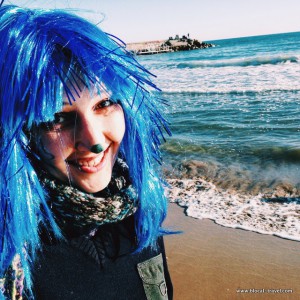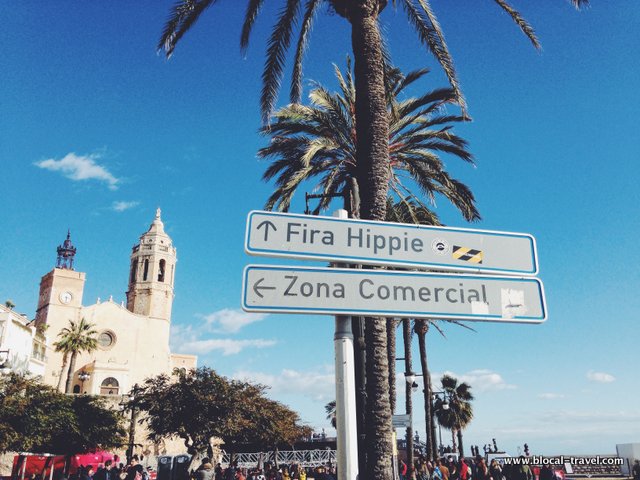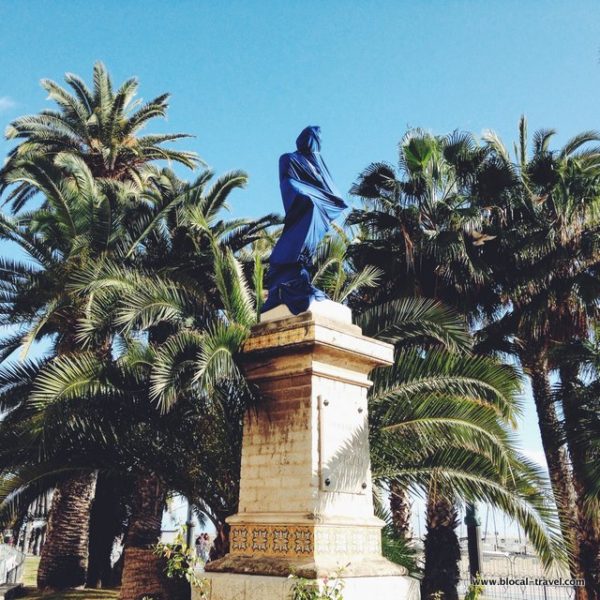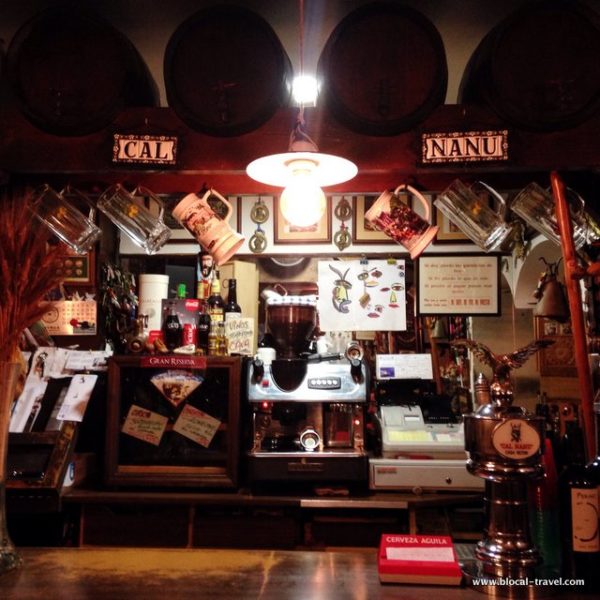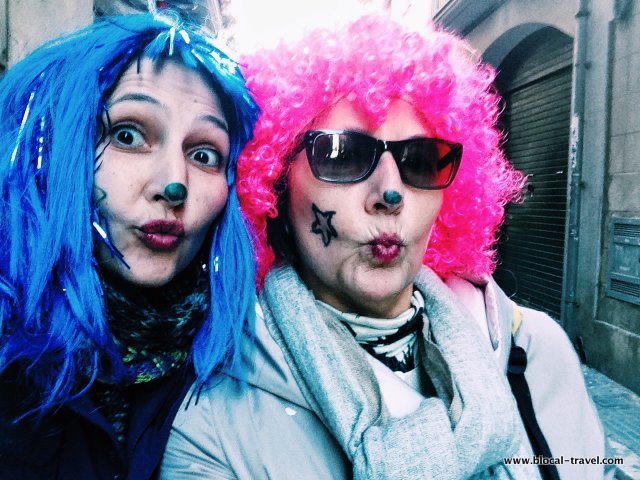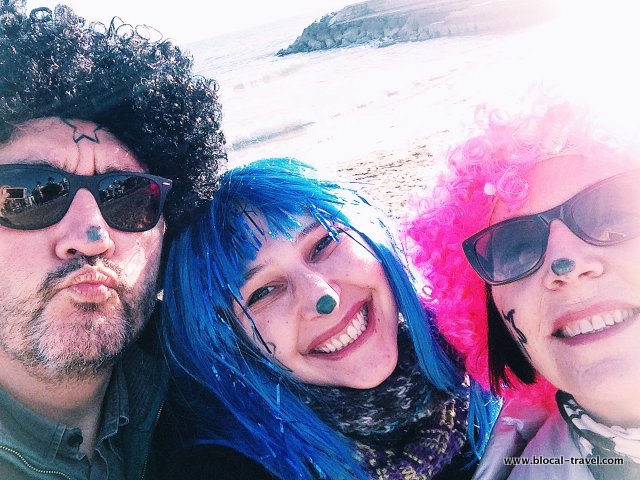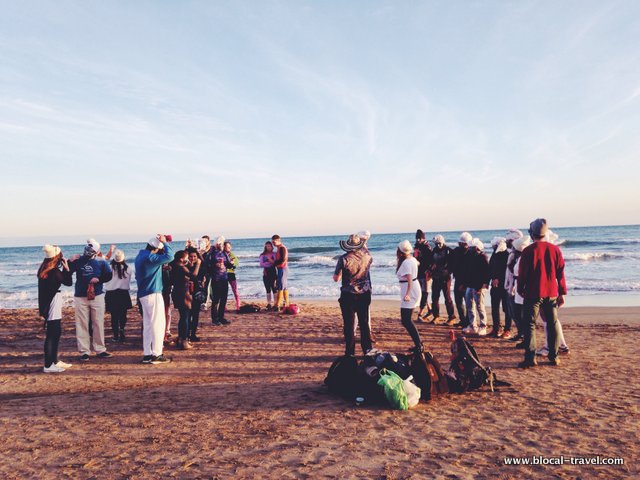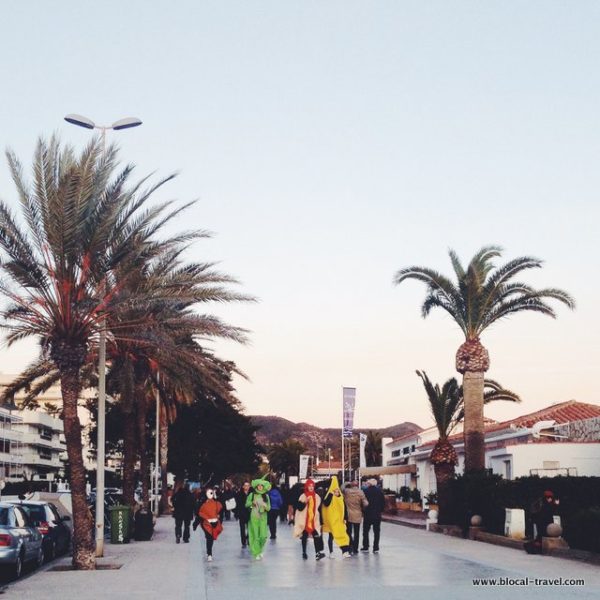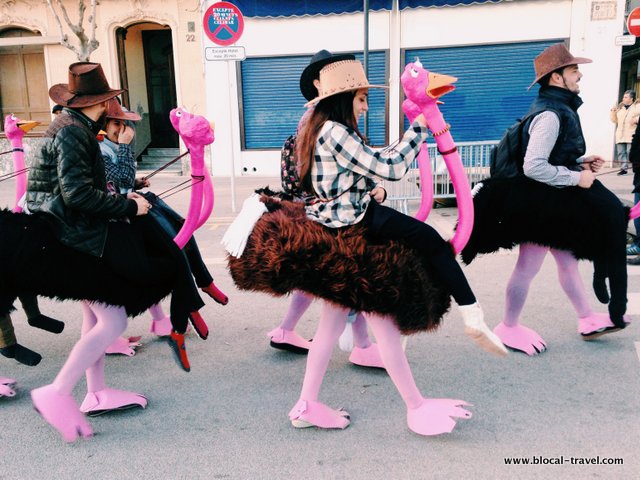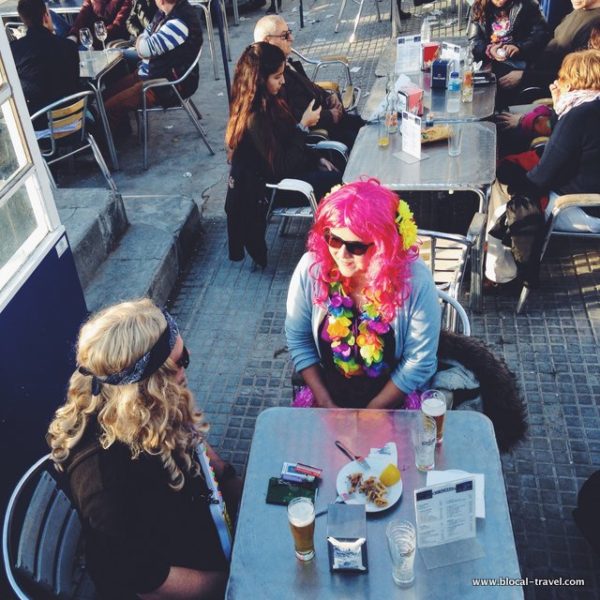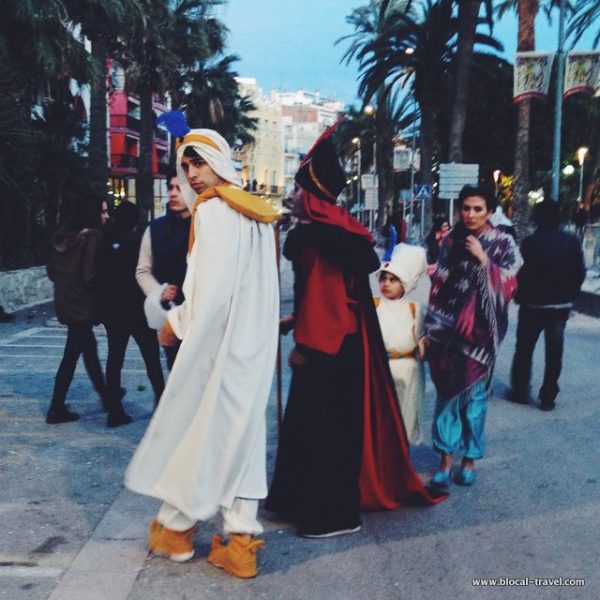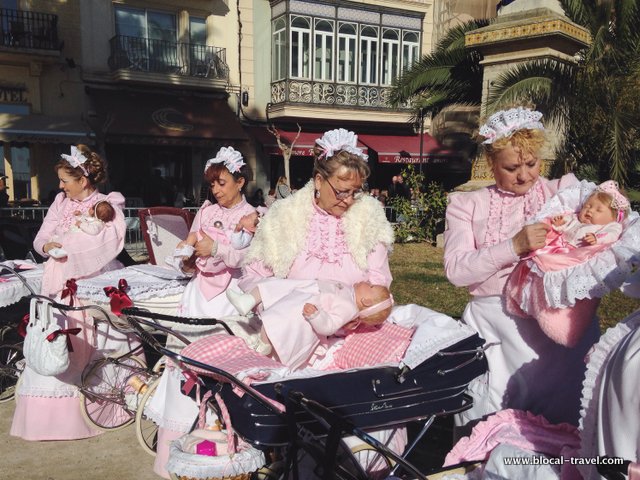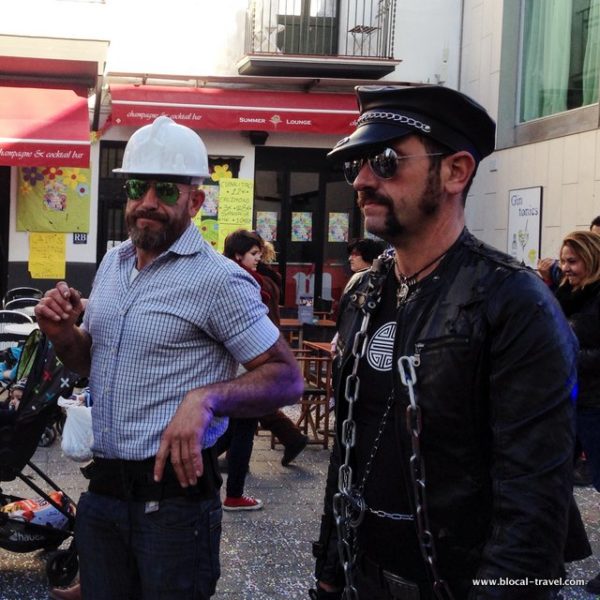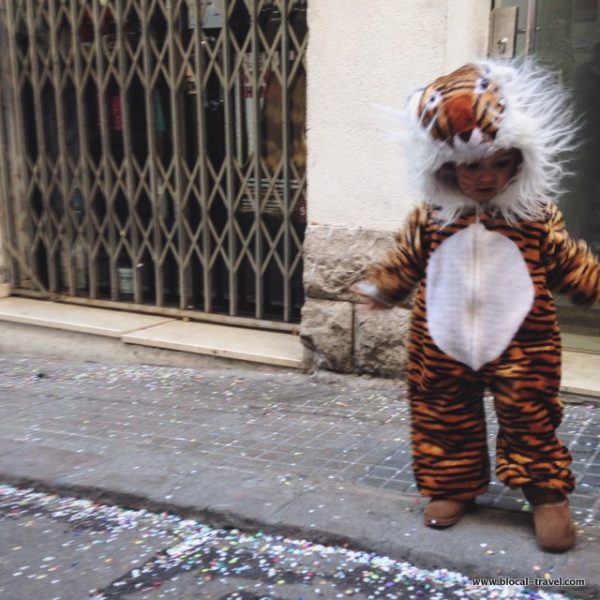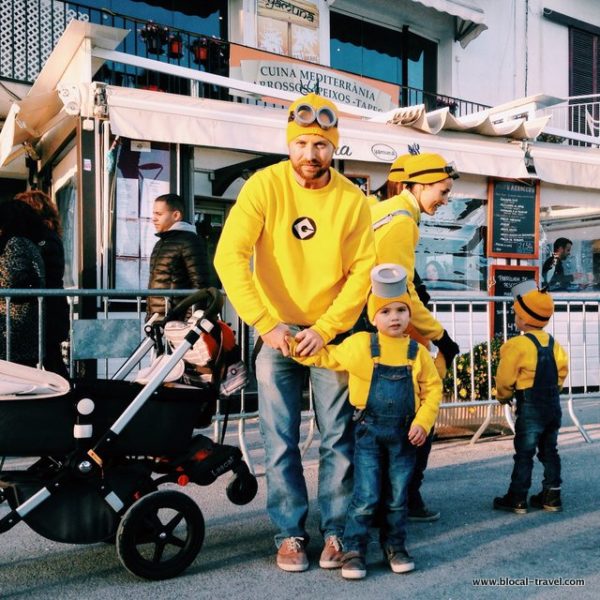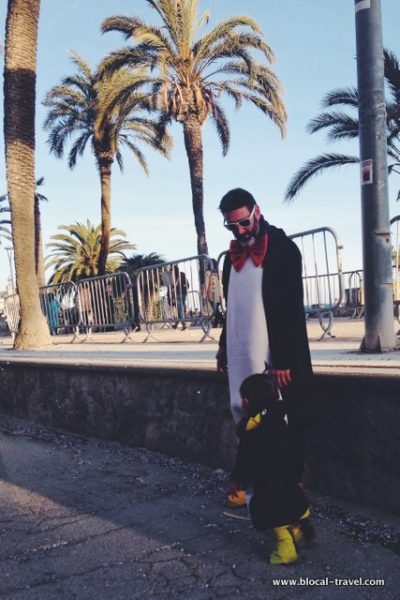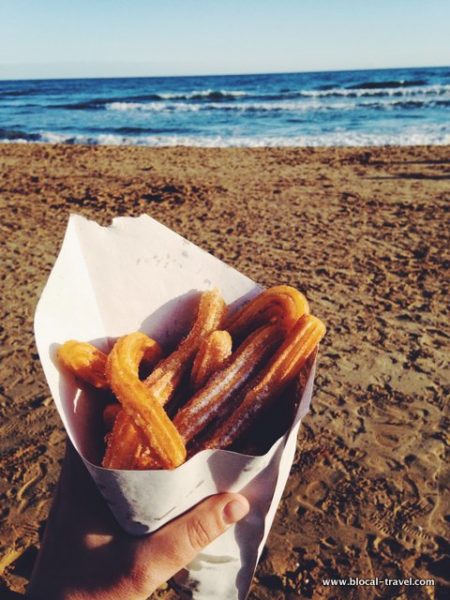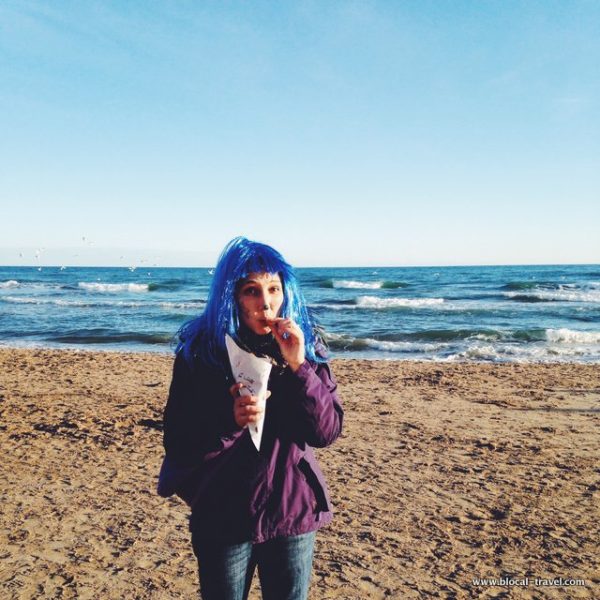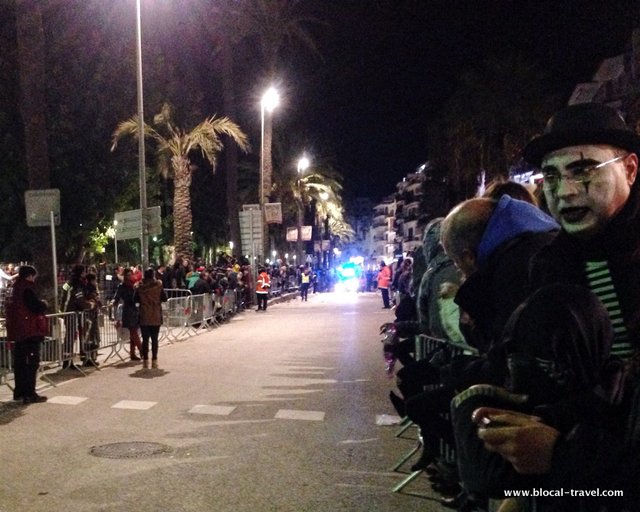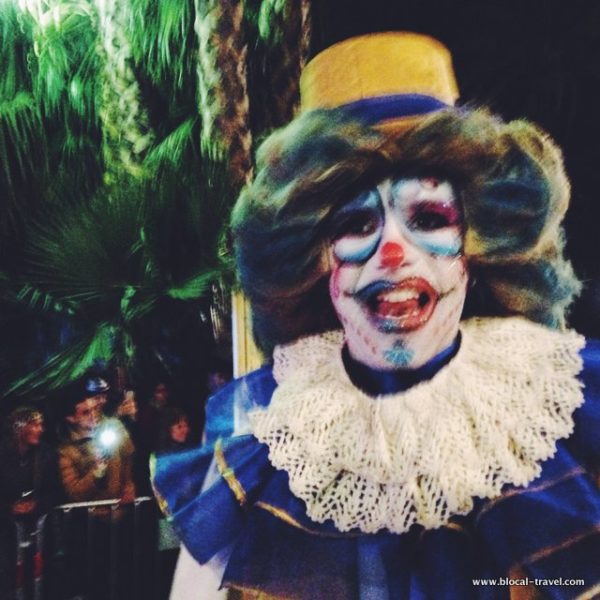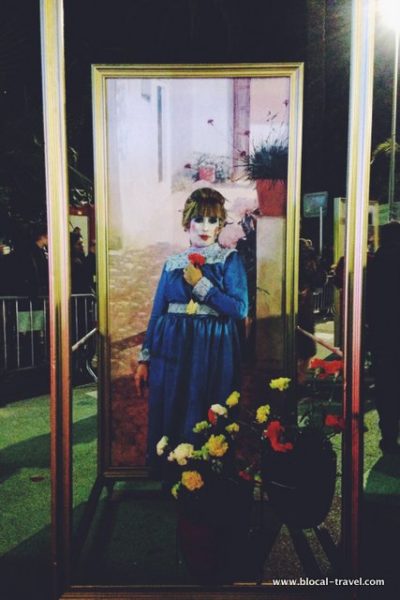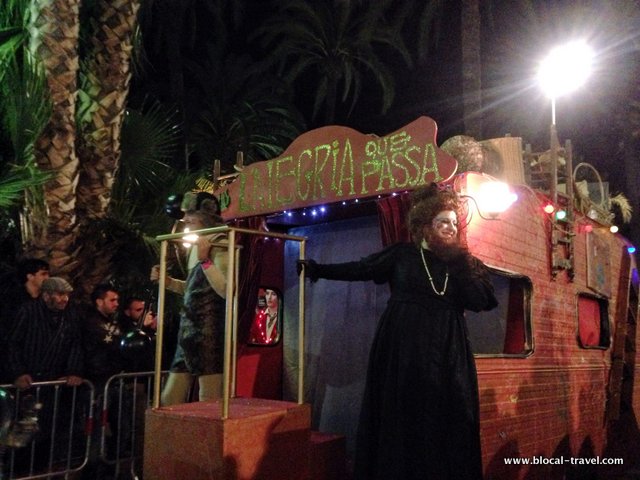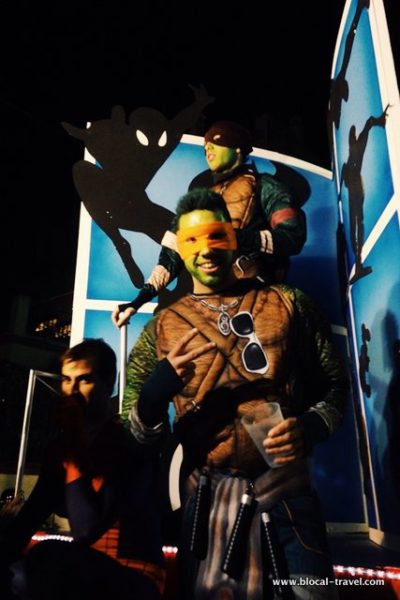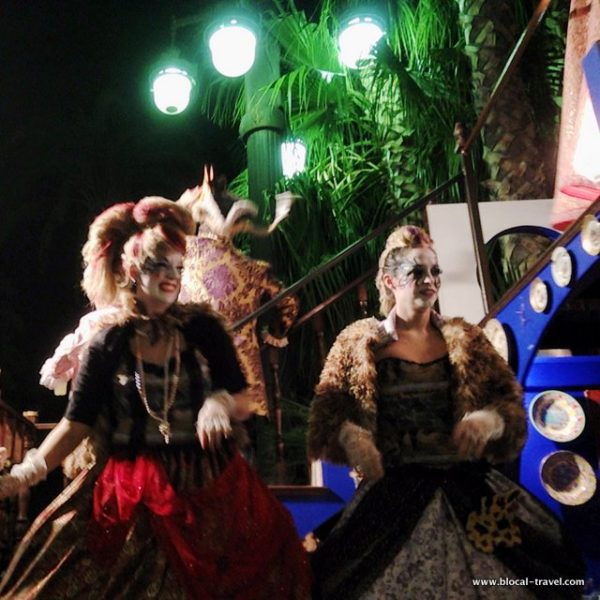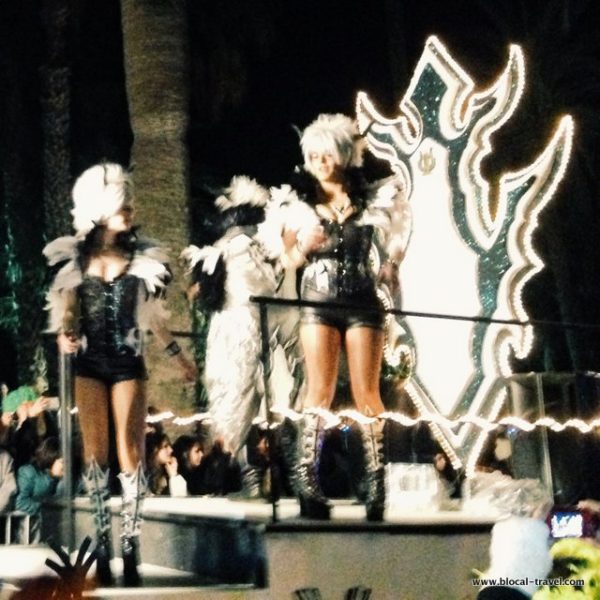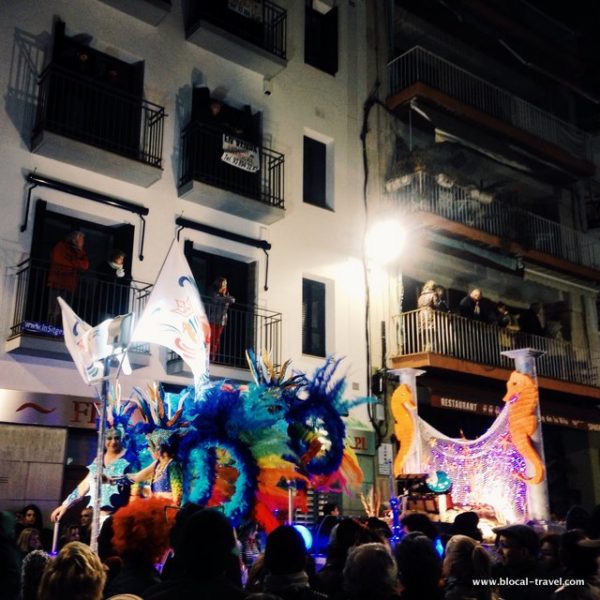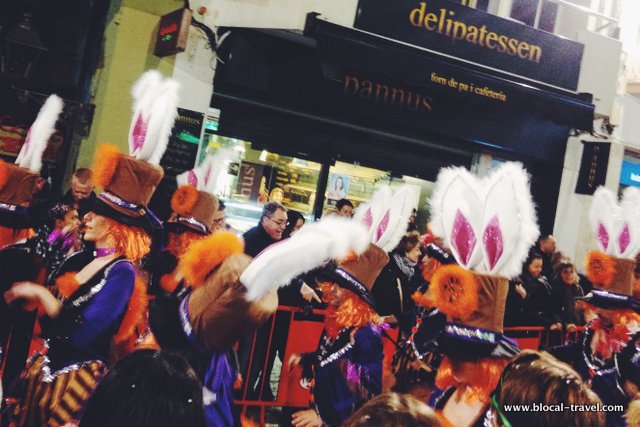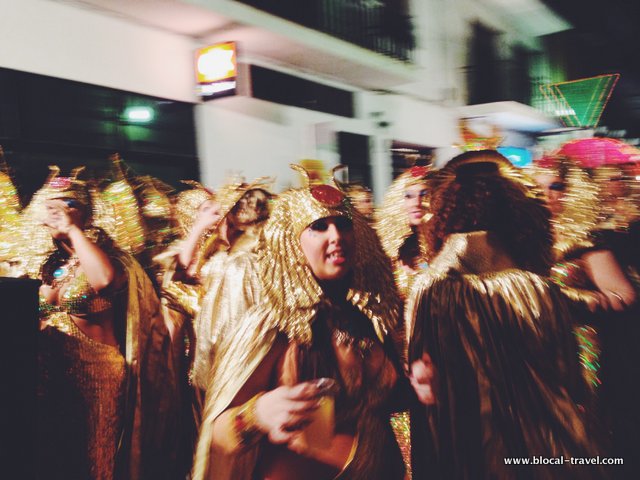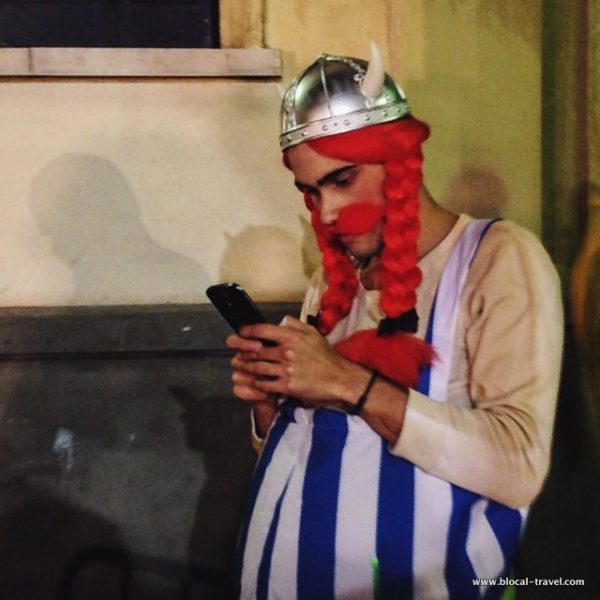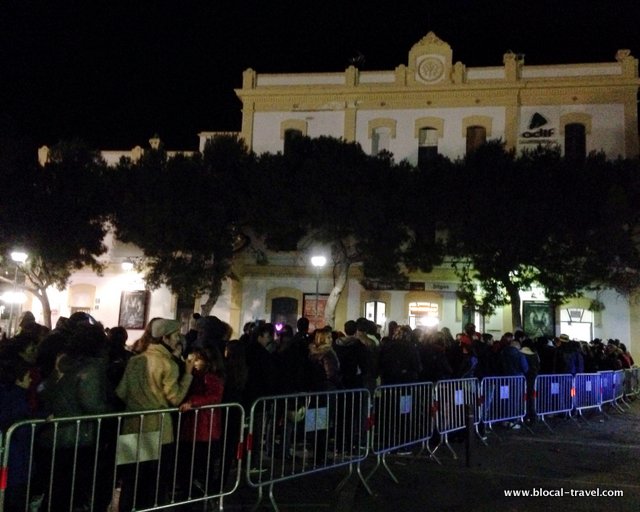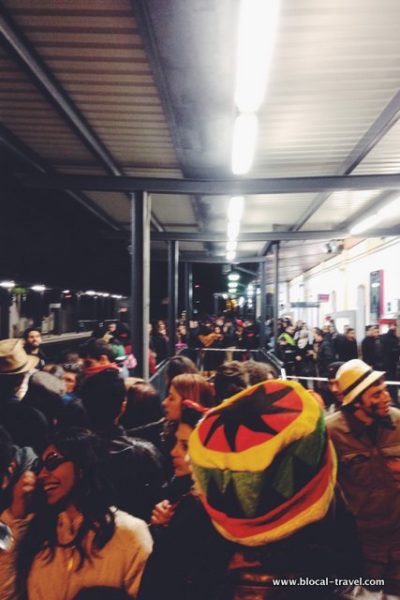Around noon we arrived in Sitges, a small town near Barcelona whose atmosphere is the closest you will find to Ibiza on mainland Spain.
First an artsy town, and later, in the 1960s, a centre of counterculture, now Sitges is best known for its gay-friendly Carnival Parade, which took place last weekend.
When we got there, the town was already full of people, and on its picturesque alleys there was a thick, colourful carpet of confetti running from the train station down to the beach.
First things first: we had lunch. On my Barcelona travel plan I mentioned that I wanted to eat at the Celler Guell in Sitges, a wine cellar designed by Gaudì, but, as the party seemed about to begin and we didn’t want to miss the parade, we decided to look for a less pretentious meal downtown: wandering around Sitges’ cobbled streets, we found Cal Nanu, a traditional inn serving local cheeses and cold cuts, which we paired with an excellent regional wine.
After lunch, we still had another basic requirement to fulfil: wearing a costume, which we eventually found around the village.
So, proudly wearing our colourful wigs, we headed to the beach. Here, everybody was chilling out and enjoying the exceptionally warm February sunshine.
From time to time, one of us walked back downtown to check out the situation. We were expecting the parade to begin any time soon but –downtown- there was no evidence of that, except for a bunch of local kids struggling with the choreography of Beyoncé’s ‘I’m a single lady’.
All around Sitges there was no music or dancing, only people walking up and down the seafront, entering and leaving shops, watching a football match at the local pub or sipping coffees al fresco, as if it were any other sunny Sunday afternoon. Except that it was a bunch of pretty unusual people.
But, unlike any other sunny Sunday afternoon, there was a crazy vibe in the air and we all felt part of it. Every gaze was full of complicity; everyone was smiling at each other, stopping from time to time to take a group picture with strangers and constantly toasting with beer, wine or whatever they were drinking.
Children were amazed by all the colourful costumes walking past them and, for once, adults shared their same astounded reaction.
For lack of carnival-related activities, the most exciting moment of the day was when I finally found a kiosk selling churros, a crisp, tubular fritter, deep-fried and sprinkled with sugar.
When I lived in Madrid, I was seriously addicted to churros but, somehow, I still hadn’t had one during this Spanish weekend. The reunification was joyful and sweet, despite the fact that these churros tasted more of reused oil than pastry.
When the sun went down, a rumour about the imminent parade spread around the by-now-inebriated crowd. Someone was saying that the parade would start at 7, someone at 8, someone even later, but the point was that things were about to get started even if, after all that collective drinking, ‘time’ had become a very relative issue.
And so, we carefully selected our spot at the fence and waited some more time, which –again- felt quite relative, but it wasn’t less than two hours: a long, exhausting wait in the cold, which –luckily- was lightened up by a group of Ghostbusters who were spreading 1980s music around and pulling strangers into their crazy dancing circle.
While I was peacefully waiting for the parade to pass by, a group of loud Smurfs took up places right behind me and began to push me against the fence.
That’s when I became all Sheldon-y
That’s also when I began wondering why I hadn’t asked for a press badge, which would have allowed me to chill out on the other side of the fence, away from the crowd, avoiding spending the whole evening afraid that someone would knock over my precious Moritz beer.
As soon as the first float approached our spot, I grabbed my phone to take the long-awaited pictures and… I realized that the last train to Barcelona would leave in less than 15 minutes! We began running along the above-mentioned carpet of confetti (btw, can you imagine how hard it is to run on confetti?), among feather boas and sequins, against the current of floats that had just begun the tour of the town.
I stumbled upon tails and trunks, wings and swords, and it struck me that our average level of alcohol, although not helping our running, was surely making it funnier. Moreover, as the blogger in me apparently hadn’t understood that we risked missing the last train (“Come on! Everybody is going to Barcelona after the parade, how difficult can it be to find a ride?”), I kept stopping every five seconds to take pictures and, however blurred they came out, I’m still very proud of my Sitges Carnival Parade photo gallery, as it was a real challenge to get the job done.
And so, enjoy the gallery:
To make things worse, we didn’t have a clue about where the station was, and Google maps wasn’t helping either, as it apparently didn’t know that the craziest parade ever was taking place exactly where it wanted us to pass through.
And so, despite the fact that I hate asking for directions, I entered every shop until a guy reassured me that the station was right around the corner.
We made it.
Well, kind of… as a new challenge was awaiting us just around that corner.
The queue to enter Sitges train station was more intimidating than the drag queen whose toes I had stepped on while running upstream through Sitges’ Carnival parade. Yes, it was an enchanting line of bunnies, nuns, penguins and Minions, but still I wasn’t looking forward to finding out how we could all fit into the same train.
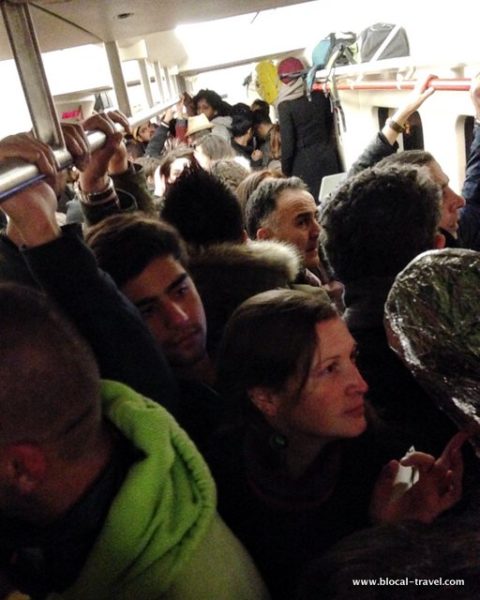
PEEK THROUGH: You find the amazing Sitges Carnival in my travel video “4 days in Barcelona…in 40 seconds!”
